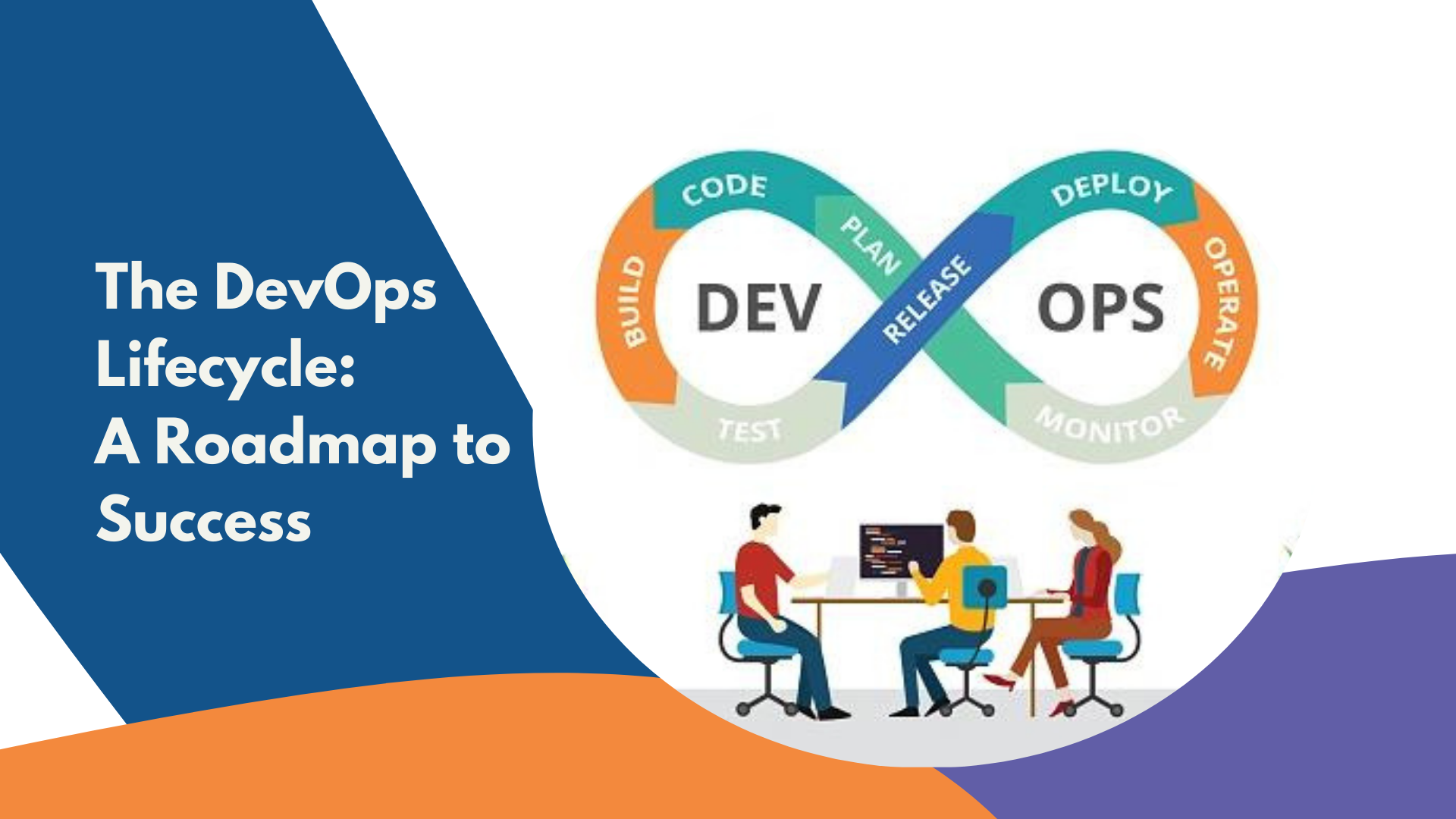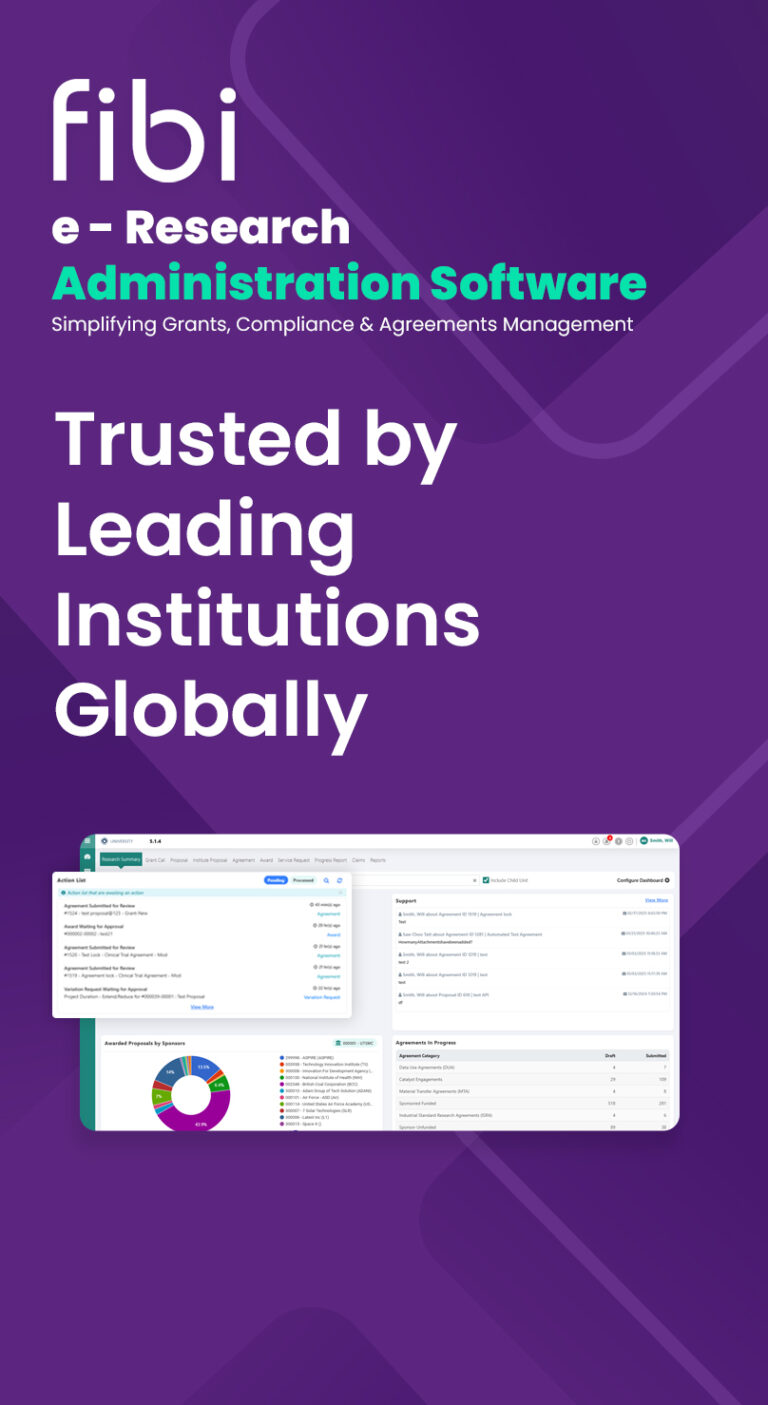Did you know that electronic research administration (eRA) tools can save research institutions up to 30% in administrative costs? Many research administrators face the daunting task of managing last-minute budget revisions and missing signatures while racing against proposal deadlines. This often leads to the question, “Isn’t there a more efficient way to handle all this?”
The answer is yes, and the solution lies in using electronic research administration software. This article will provide you with a comprehensive understanding of eRA tools, their benefits, how to choose the right one, and future trends. Here’s what you need to know to streamline your processes and improve efficiency in your department.
Understanding Electronic Research Administration (eRA) Tools
eRA tools are digital systems designed to manage the entire lifecycle of research projects, from Grant Sourcing to award management and compliance monitoring. These tools are crucial for research institutions as they streamline administrative processes, enhance compliance, and improve collaboration among researchers and administrators.
Many research administration departments have traditionally relied on paper-based processes because that’s the way things have always been done. However, an increasing number of institutions are adopting electronic research administration tools (eRA software) to make research administration faster and easier. By moving time-consuming, paper-based processes online, eRA tools aim to increase research portfolios and revenue while making the administration more efficient and less error-prone.
Benefits of Using eRA Tools
There are many benefits to electronic research admin tools:
- eRA tools offer centralized storage and easy retrieval of research data, which enhances data integrity and accessibility.
- You can log into the system from anywhere with internet access.
- No need for physical documents, preventing issues like coffee spills.
- eRA tools automate many administrative tasks, reducing the time and effort required to manage research projects.
- Quickly see what stage a proposal or protocol review is in and who needs to take action next.
- Multiple people can review proposals simultaneously.
- eRA tools minimize errors and ensure that compliance requirements are consistently met.
- These tools facilitate better communication and collaboration among researchers, administrators, and stakeholders by providing a centralized platform for project management.
- Easily access data for important decisions and inform leadership.
Processes Automated by Electronic Research Administration Tools
- Grant Management: Manage the entire lifecycle of grants from application to closeout. Automate budget tracking, financial reporting, and compliance checks.
- Compliance Monitoring: Automate compliance checks to ensure adherence to regulatory requirements. Schedule and track compliance training for researchers and staff.
- Effort Reporting: Streamline the process of tracking and reporting researcher effort. Ensure accuracy and compliance with institutional and federal requirements.
- Data Management: Centralize research data storage and facilitate easy retrieval. Ensure data integrity and security through automated backups and access controls.
- Document Management: Automate the creation, storage, and retrieval of research-related documents. Maintain a detailed audit trail of document versions and approvals.
- Collaboration: Provide platforms for researchers, administrators, and stakeholders to collaborate in real-time. Facilitate the sharing of documents, data, and feedback electronically
How to Choose the Right eRA Provider
Homegrown vs. vendors: Some universities have their IT department build a custom research admin tool, thinking it will be faster and more cost-effective. However, there are many hidden costs. According to PricewaterhouseCoopers, hidden costs usually add up to more than half of the actual cost of building and administering an in-house system. With other priorities campus-wide, the IT department might not have adequate time to train users on the software and provide ongoing support and maintenance.
Third-party solutions may seem more expensive upfront, but there are fewer surprise costs. Vendors like Polus provide a fixed price before implementation begins, so you aren’t left waiting years for a usable solution. Customer support and maintenance is included, so you never have to worry about waiting for campus technology staff to get around to your problem.
Configured vs. customized: At first, it often sounds like fully customized eRA software is the best option. Your institution is unique, so a one-size-fits-all approach isn’t sufficient…right? In reality, extensive customization might be overkill unless your situation is extremely complex, and you have the budget to match. Configured software is often a better fit, a happy medium between fully customized solutions and those that aren’t configured at all.
Future Trends in eRA Tools
Emerging technologies like AI and machine learning are driving innovation in eRA. These advancements are expected to further smoothen research administration processes and enhance data management capabilities.
Conclusion
Hopefully, you now have a better idea of your options when it comes to electronic research admin tools and how powerful and helpful they can be. Learn more about Polus’s industry-leading eRA software here.


























